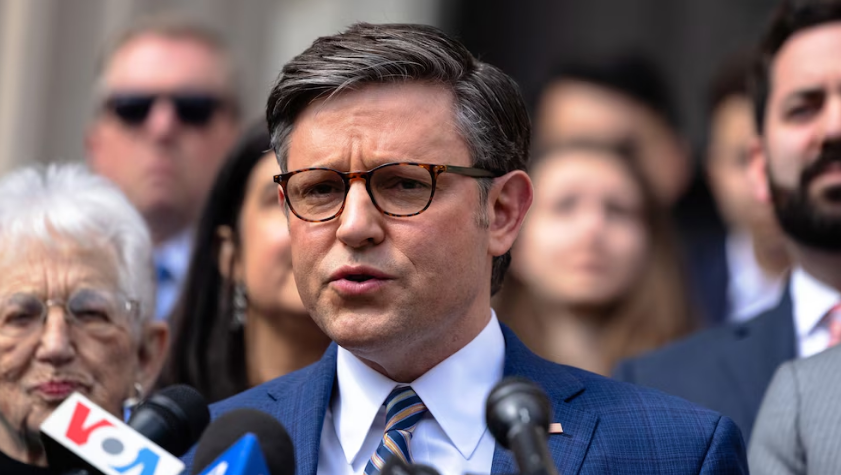Rep. Marjorie Taylor Greene’s (R-GA) efforts to challenge House Speaker Mike Johnson (R-LA) have highlighted the complex dynamics within the House, as well as the strategic maneuvers of both parties.
Democratic Opposition and the Vote Outcome
The resolution introduced by Greene to remove Johnson from power faced significant opposition from 163 Democrats who voted to table the motion. This action ensured Johnson remained in his position as Speaker, a result that was welcomed by his coalition government and Democratic allies. The final vote tally stood at 359 to 43, with seven Democrats abstaining and eleven not voting. Additionally, ten Republicans did not participate in the vote, indicating potential divisions within the party over this issue.
Allegations Against Johnson and Greene’s Commitment
Greene filed a motion on Wednesday evening detailing numerous alleged violations by Johnson that she believed warranted his removal. Despite facing ridicule from her colleagues during her speech calling for a vote on the resolution, Greene remained committed to bringing this issue to a vote.
Majority Leader’s Response and Future Implications
In response to Greene’s unwavering stand for justice, Majority Leader Steve Scalise (R-LA) promptly moved to table the resolution, aiming to prevent further discussions or votes on it in the future. This move was anticipated as Johnson and his team had already pledged to protect his speakership. However, support from Democratic leaders seemed limited to the initial tabling vote, leaving open the possibility for Greene or other Republicans to force another vote on this matter in the future.
Source: Red Right Daily

